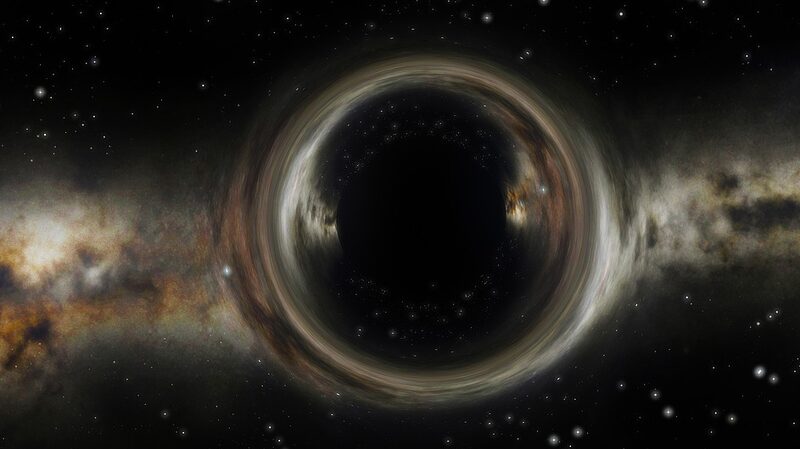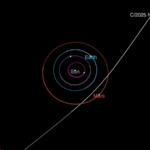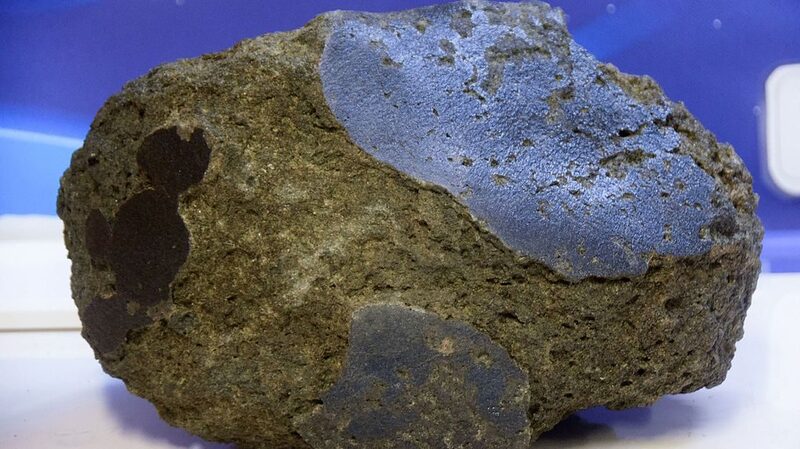🚀✨ Astronomers are buzzing with excitement after discovering a newborn planet that formed in just 3 million years – a cosmic speedster compared to Earth's 10-20 million years! This rapid development challenges our current understanding of planetary formation.
The planet, named IRAS 04125+2902 b or TIDYE-1b, is estimated to be 10 to 20 times the mass of Earth. It orbits a young orange dwarf star, about 520 light-years away in the Milky Way galaxy. To put that distance into perspective, a light-year is roughly 9.5 trillion kilometers – mind-blowing, right?
🌍🔭 Located within a dense protoplanetary disk of gas and dust, this infant world packs a massive punch with a diameter 11 times that of Earth, yet it's less dense. It zips around its star every 8.8 days, much closer than Mercury is to our Sun.
Madyson Barber, a graduate student at the University of North Carolina, leads the study published in Nature. “This discovery confirms that planets can form cohesively within 3 million years, which was previously unclear,” she explains. UNC astrophysicist Andrew Mann adds, “We don't really know how long it takes for planets to form, but this pushes the boundaries of our knowledge.”
Using NASA's Transiting Exoplanet Survey Satellite (TESS), researchers detected the planet through the transit method, observing dips in the star's brightness as the planet passed in front of it. Interestingly, they believe the planet formed further out and then migrated inward, showcasing the dynamic processes at play in our universe.
🔭🌌 This discovery not only adds a new member to the exoplanet family but also fuels the curiosity of young space enthusiasts and professionals alike, inspiring future missions and studies to unravel the mysteries of planet formation.
Reference(s):
cgtn.com




